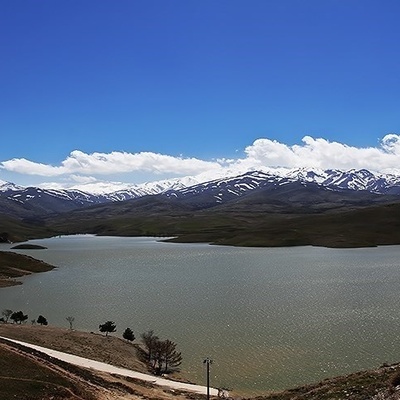Saed News: The Caspian cobra, native to Central Asia, was discovered in 1831 by Karl Eichwald and for many years was considered a subspecies of the Indian cobra until genetic analysis revealed it as a distinct species.

Saed News reports, quoting Fararu: The Caspian cobra (Naja oxiana), also known as the Central Asian cobra, ladle snake, Oxus cobra, or Iranian cobra, is a venomous snake species from the Elapidae family. This species is native to Central Asia; it was discovered in 1831 by Karl Eichwald and for many years was considered a subspecies of the Indian cobra until genetic analysis identified it as a distinct species.
Karl Eichwald, a Baltic German naturalist, originally discovered the Caspian cobra in 1831 and named it Tomyris oxiana. Russian naturalist Alexander Strauch classified it under the genus Naja in 1868. The common name Naja is the Latinized form of the Sanskrit word nāgá (नाग), meaning "cobra." The specific epithet oxiana derives from the Latin Ōxus or the Greek Ὦξος (Ôxos), the ancient name of the Amu Darya River.

For most of the 20th century, all Asian cobras were considered subspecies of the Indian cobra (Naja naja). During this time, the subspecies names Naja naja oxiana and Naja naja caeca were used for the smooth-scaled N. naja populations from northern India and populations corresponding to the Caspian cobra. The considerable variation in coloration and size within individuals made classification difficult until genetic analysis became available. A mitochondrial DNA study of Asian cobras in the subgenus Naja showed that the Caspian cobra diverged from the lineage that gave rise to the monocled cobra (Naja kaouthia) and the Andaman cobra (Naja sagittifera) about 3.21 million years ago. Despite geographic separation caused by the Hindu Kush mountains, this species appears genetically homogeneous.
According to the Ministry of Agriculture’s data, snake venom mainly consists of various proteins and peptides, whose toxic and medicinal effects vary depending on geographic origin. Naja naja oxiana is one of the most important venomous snakes in Iran and Central Asia. Its bite can cause severe pain, swelling, and neurotoxicity. Without medical treatment, symptoms rapidly worsen, and death may occur soon afterward.

